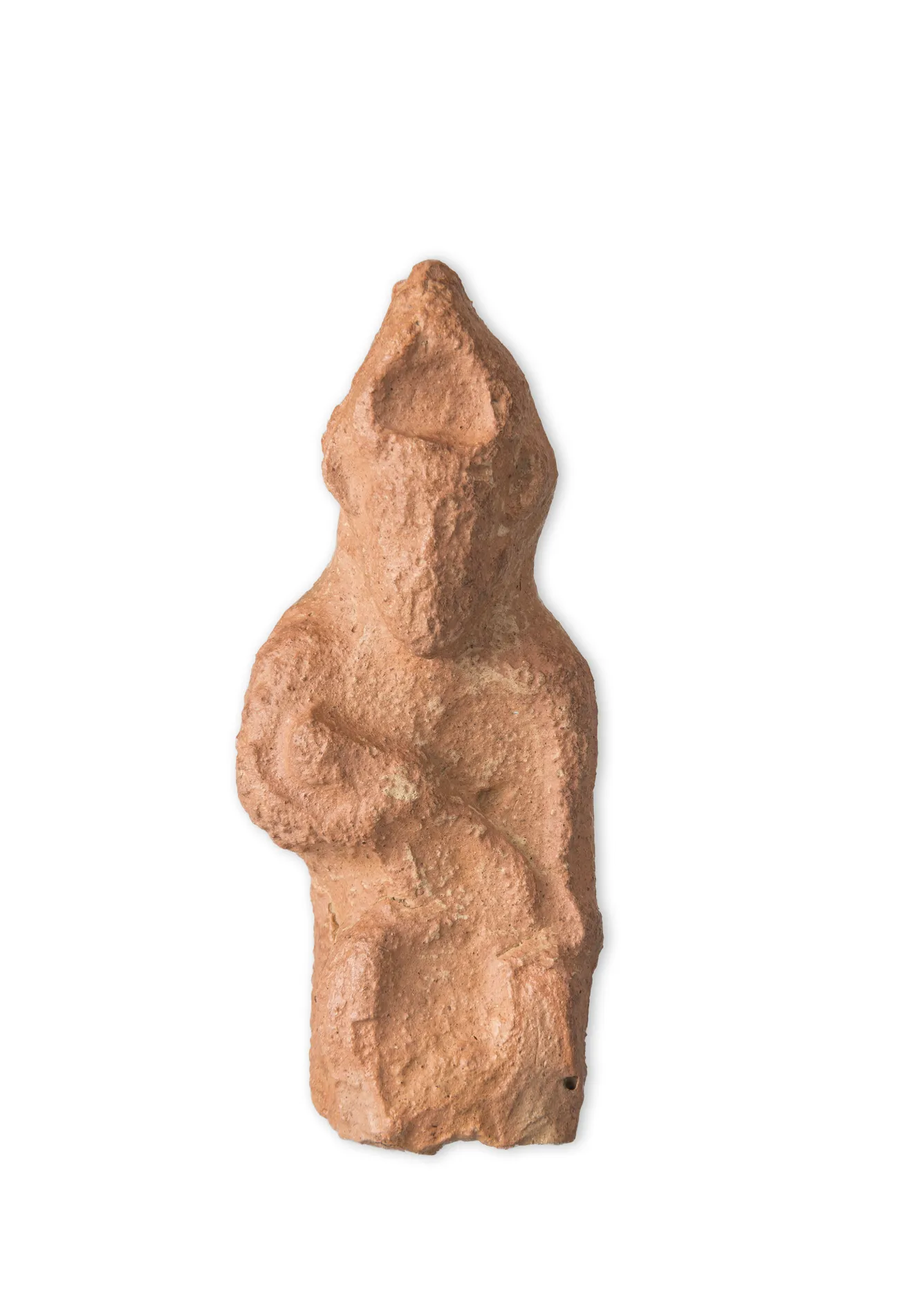
This lute-like instrument belongs to the class of “short-neck lutes” and has several typical organological features, including a large rounded body with a short neck, and a backwards-bending head with two to five string pegs, depending on the period and territory. According to researchers, the classic four-string instrument of the Sogdians is the string plucked barbat, or the prototype of the future Arabic Muslim ‘ud. In the golden age of Muslim culture (11th–12th centuries) this instrument had its own name – the barbat-i Sugdi (Sodgian barbat).
The musical influence of Sogd can be traced throughout all the historical and cultural regions of Central Asia and beyond. “Short lutes” close in form to the Sogdian lute were also discovered in Bactria–Tokharistan, Surkhandarya region, southern Uzbekistan, from pre-modern Central Asia (400 BC – 400 – 500 AD) to the early Middle Ages (up to the 8th century). Numerous archaeological findings depicting it are known from the settlements of Dalverzintepe, Khalchayan, Kampyrtepe and elsewhere.
Various types of lutes were also found outside the historical and cultural expanse of Sogd’s reach. For example, near ancient Nakhshab (Southern Sogd, now – Kashqadarya region, Uzbekistan). There, in the site of Er-Kurgan (researched by Uzbek archaeologist R. K. Suleymanov), a small group of naked female figures holding various lute instruments was discovered. Some of the instruments had a rounded body with three strings, and some had a long body with two strings. The musician also held them in different positions. The figurines are imprinted in matrices dated to the 3rd – 5th centuries.
During Antiquity and the early Middle Ages, Sogd maintained commercial (trade), diplomatic and political relations with both its close and distant neighbors, playing an important role in the intense cultural exchange taking place with the countries situated along the Silk Road.
Cultural relations with China in particular, especially in the sphere of music, had a special place in this exchange. There is a very well-known finding of a mural painting in one of the palaces in Afrasiab (described in the research of Uzbek scholar L. I. Albaum). The scene depicts a group of noble women with female musicians in a boat, and is interpreted to be the Chinese embassy to Sogdiana (dated 800 AD). One of the musicians is holding a lute-like plucked instrument. Its characteristic positioning, manner of playing and appearance resemble the analogous Chinese instrument – pipa. In front of the lute player stands another musician with an instrument resembling the zither (zin), which was quite popular among the Chinese nobility of that period.
You can learn more about the topic in the book-album "The Musical Legacy of Uzbekistan in Collections of the Russian Federation" (Volume VI) from the series "Cultural legacy of Uzbekistan in the world collections".
The general sponsor of the project is the oilfield services company Eriell-Group.
